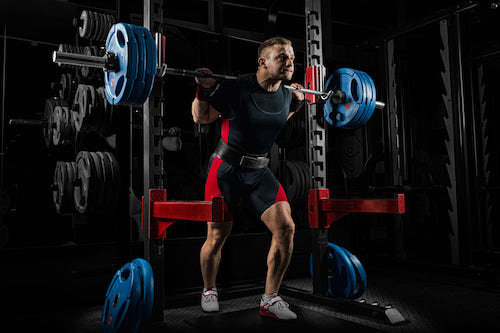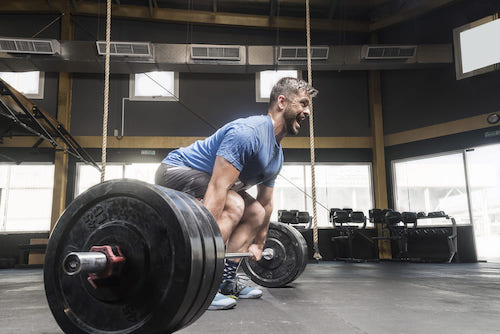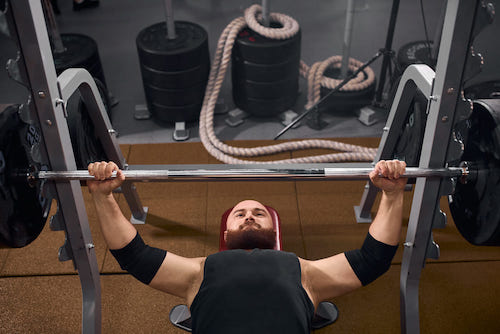Your cart is empty
Start Shopping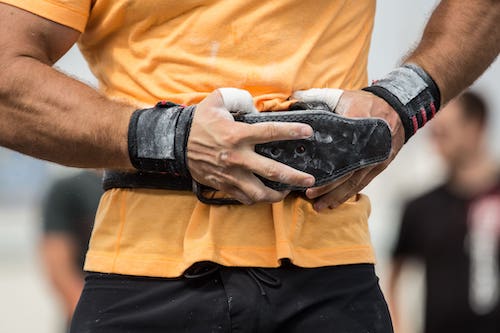
It’s no secret that the key to an effective workout is finding the right tightness. Too loose, and you won’t get the support you need. Too tight, and you could end up hurting yourself. So how do you find that sweet spot?
Why does powerlifting belt tightness matter?
Wearing a weightlifting belt too loose can result in the belt slipping during lifts, which can be dangerous. On the other hand, wearing a weightlifting belt too tight can restrict breathing and cause discomfort. The ideal tightness for a weightlifting belt is when the belt is snug against the body but does not impede breathing.
When first putting on a weightlifting belt, it is best to err on caution and make the belt tighter than necessary. Once the belt is in place, take a few deep breaths and see how movement is affected. If breathing is restricted or the belt feels too tight, loosen the belt slightly until comfortable. Remember, having a slightly tighter weightlifting belt is better than one too loose.
A few factors can affect how tight a weightlifting belt needs to be to provide the best support. These factors include:
- Your body type and strength level
- Your lifting technique
- The type of lifts you are doing
- Your comfort level
Overall, weightlifting belt tightness needs to be adjusted based on individual preferences and factors such as the ones listed above. With a little experimentation and practice, you can find the perfect balance of tightness for an effective and safe workout every time.
The most common mistakes concerning weightlifting belt tightness are not tightening the belt enough or tightening the belt so much that it impairs breathing. Additionally, some people make the mistake of wearing the belt too loose, which can lead to slipping during lifts.
Not tightening the belt enough
Not tightening the belt enough during powerlifting can lead to serious injuries, as the belt provides crucial support for the lower back and abdominal muscles. When lifting heavy weights, the belt helps to stabilize the spine and prevent the hips from shifting out of alignment.
The ideal belt tightness for powerlifting is when you can still breathe comfortably, and your lower back feels secure. If you are unsure whether your belt is tight enough, err on the side of caution and tighten it a bit more. Better to be safe than sorry!
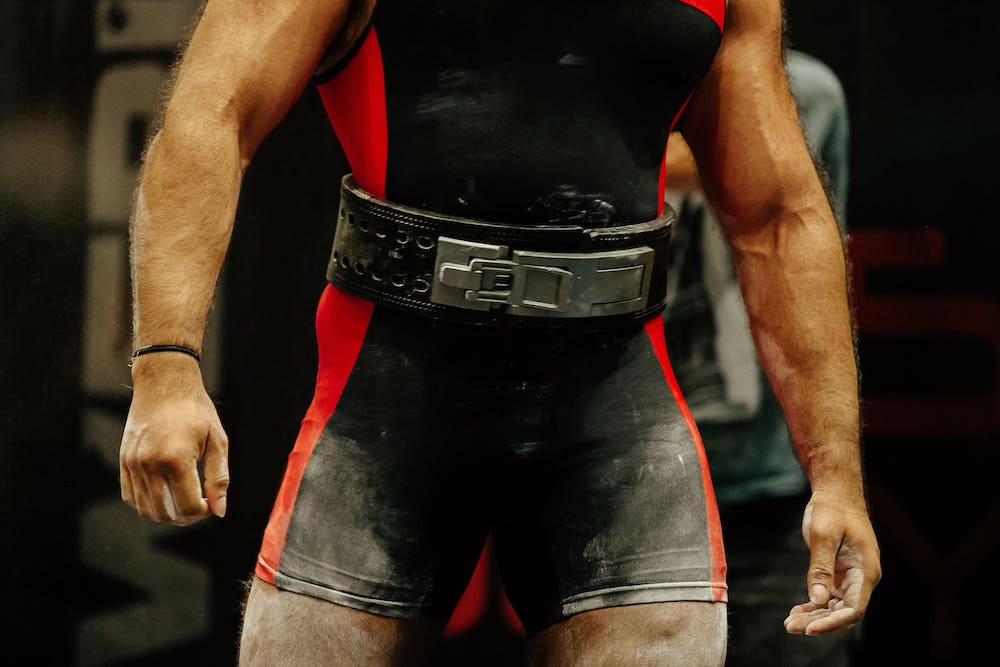
Tightening the belt too much
One of the most common mistakes of powerlifters is lifting with a belt that is too tight. This can cause several injuries, including muscle strains and hernias. The belt should be tight enough to provide support but not so tight that it constricts your movement. When lifting heavy weights, your abdominal muscles need to expand and contract freely to generate the most power possible. If your belt is too tight, it will limit your range of motion and put undue stress on your muscles and joints.
When choosing a lifting belt, always caution and go for a slightly looser fit. It’s better to be safe than sorry when lifting heavy weights.
Wearing a belt too loose
If the belt is too loose, it will not provide adequate support and could cause the lifter to hyperextend their back or strain their abdominal muscles. If you find that your belt is slipping or uncomfortable, make sure to adjust it before your next set. Taking the time to tighten your belt properly will help you stay safe and avoid injury while lifting.
How tight should the lifting belt be?
The first thing to consider when determining how tight your weightlifting belt should be in your own body type and strength level. As a general rule, you can start by tightening the belt until you reach a point of tension that feels comfortable but still provides adequate support for your core muscles. From there, you can experiment with different levels of tightness to see what works best for you.
Another important factor to consider when choosing the right level of tightness is your lifting technique. If you tend to arch your back or overextend your lower body during lifts, you may need to loosen the belt slightly so that it doesn’t restrict your movement. On the other hand, if you want the most protection for your core, you may need to tighten the belt slightly more than usual.
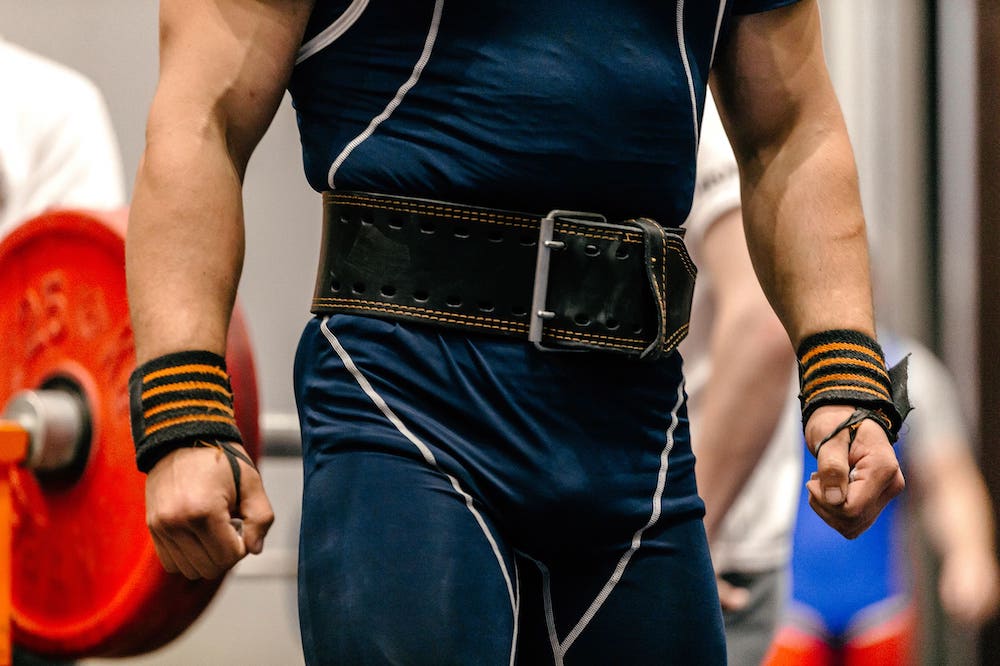
Ultimately, there is no one “right” level of tightness regarding weightlifting belts. The key is finding what works best for you based on your body type, lifting technique, and comfort level. With a little experimentation, you can find the perfect combination for an effective and safe workout every time.
- First, make sure that the belt is not too tight. The belt should be snug but not uncomfortable. If you can’t breathe or you feel like the belt is constricting your movement, it’s too tight.
- Second, when putting on the belt, ensure that the buckle is in the front. The buckle should be centered on your stomach.
- Third, once the belt is on, adjust it to feel comfortable and secure. You should be able to move freely without the belt slipping or constricting your movement.
- Finally, if you find that your belt is too tight after you’ve put it on, don’t try to adjust it while you’re lifting. Instead, take a break and readjust the belt to be more comfortable before resuming your workout. By following these tips, you can ensure that you’re using your lifting belt correctly and safely.
Whether you’re a powerlifter or just starting out in the weight room, properly using a weightlifting belt can help protect your spine and prevent injuries. However, getting the right fit for your belt is essential for safety and success.

